The rich are different than you and me. Or at least their cars are.
Normally I pay little attention to ultra-premium cars. The people I know well and the great majority of TrueDelta members aren’t likely to ever buy one. And TrueDelta is unlikely to ever have a large enough sample size of any of them. But I was invited to attend an NAIAS-related event featuring a broad selection of these cars, so I decided to check it out. Climb in and out of a few Astons, Lamborghinis, and Rolls Royces and it becomes apparent that the thinking behind these cars is fundamentally different than that behind your typical car.
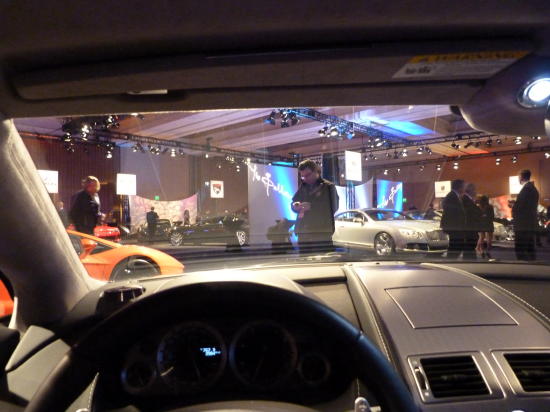
With the Aston Martin Rapide four-door, for example, you drop deep into the driver seat. Once in, you’re really in, with the massive instrument panel and doors forming high walls all around you. But the door openings, especially those for the rear seat, are very small.
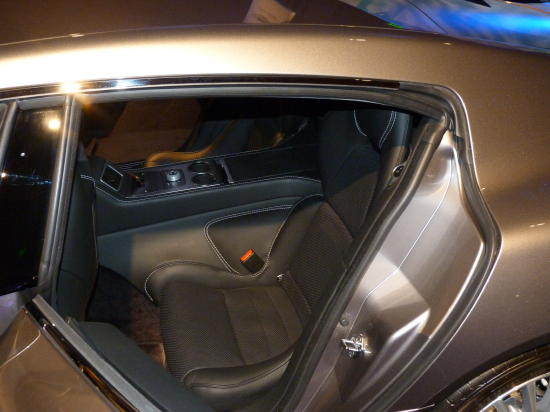
The back seat itself is a tight fit for me, and I’m only 5-9. Not a good car for spending much time back there. A Porsche Panamera makes much more sense as high-performance transportation for four adults.
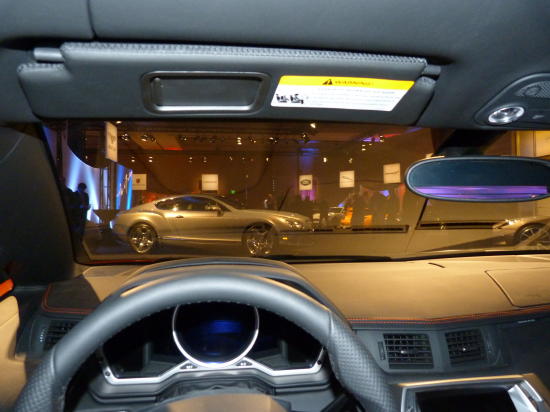
In the Lamborghinis, the same traits are even more pronounced. The view forward is squeezed between a high, deep instrument panel and a surprisingly low windshield header. With such limited visibility, it would be difficult to drive this car with confidence. Inside, the switchgear and materials are far different than those you’ll find in any sub-$80,000 car, whether they be extensive carbon fiber, stitched suede, or quilted soft leather.
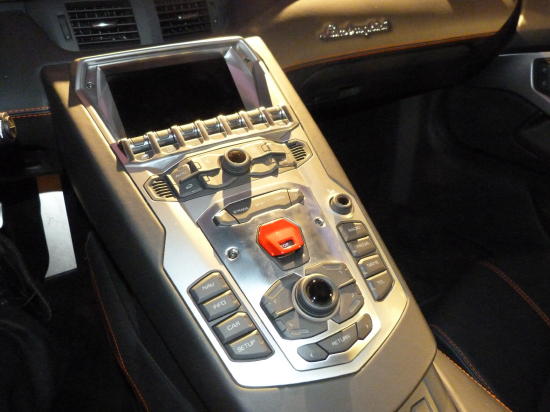
The instruments and controls of the latest, the Aventador, are straight out of science fiction. Or the control room of a nuclear missile silo. Even the hexagonal gas cap is way out there. You’re clearly not in any normal car–which is of course the point.
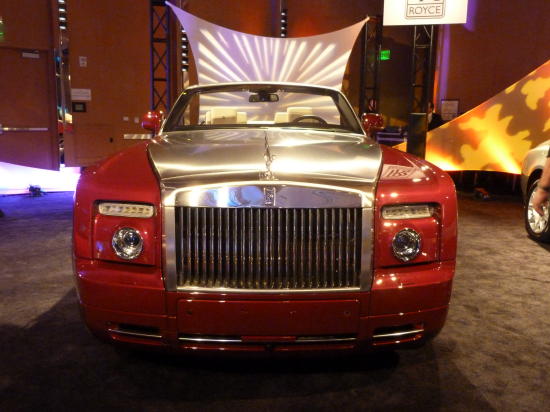
Rounding out the trio of curiosities, the Rolls-Royces are gargantuan in the style of pre-war ultra-luxury cars. Rolling monuments designed to inspire awe, they’re very tall and are fitted with huge wheels.
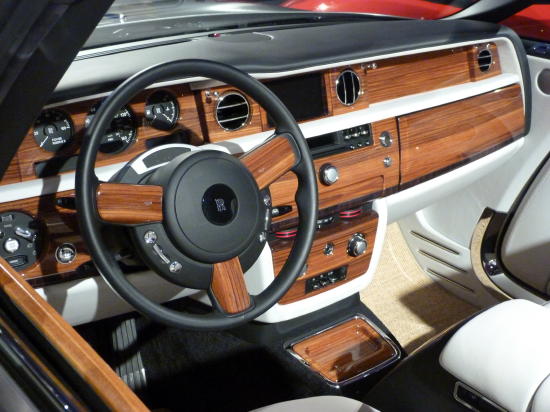
Getting in and out of the Rolls is as easy as doing the same with the Rapide is difficult. The seats are huge, mounted very high, and more comfortable than those you’ll find anywhere else. The extensive wood and the chrome secondary controls are exquisite. The appearance is either traditional or antiquated, depending on one’s perspective.
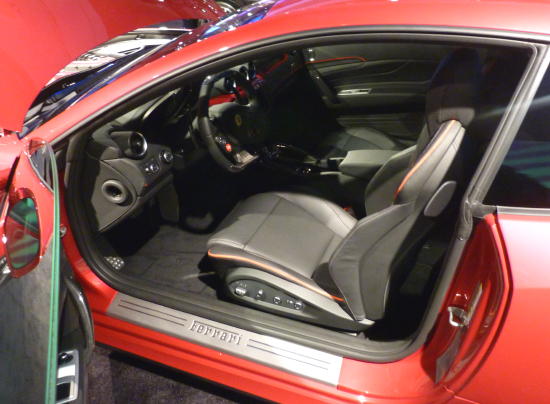
But not all of the cars here risk becoming parodies of themselves. Compared to the Lamborghinis, the Ferraris seem almost ordinary. The doors open like regular doors, and most of the controls (with the exception of those populating the steering wheels) look and feel like regular controls. Climb into the four-seater FF, and the view forward is excellent. The windshield is of a decent size and comfortable rake. The rear seat appears tight, but it’s actually more livable than that in the much larger Rapide. While Lamborghinis are designed to make a statement and provide an extreme experience, Ferraris seem designed for real use in the real world.
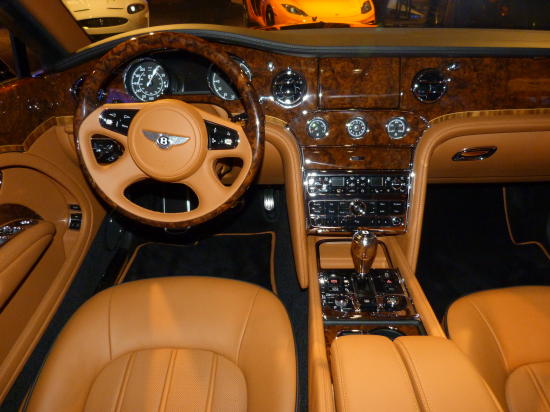
The Bentleys compare similar to the Rolls-Royces Their interiors are as nicely furnished, and appear more current and conventionally attractive, but the cars don’t have the same lofty build and seating position. Getting into one is much like getting into a normal car, just a very nicely outfitted one. Unfortunately, the difference isn’t merely one of appearances: the lower rear seat in the Bentley Mulsanne isn’t nearly as comfortable as that in the big Rolls. Close your eyes, and you could be sitting in the back of a mere $100,000 luxury sedan.
So, which makes the most sense? If you’re spending $180,000+ for a car, should it be radically different than lesser cars? Or should be much like a regular car, only perfected?